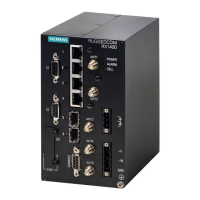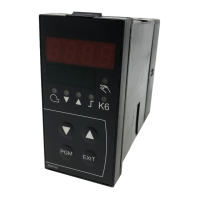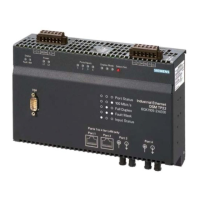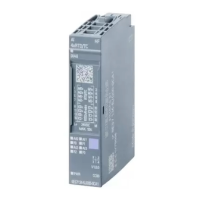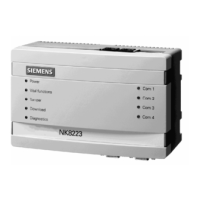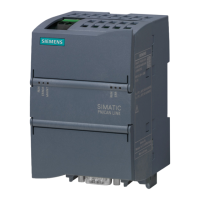Chapter 13
Unicast and Multicast Routing
RUGGEDCOM ROX II
CLI User Guide
576 Managing Static VRF Routes
• address is the IP address of the neighbor
3. Type commit and press Enter to save the changes, or type revert and press Enter to abort.
Section13.11.13
Managing Static VRF Routes
Routing information can be shared between routers using dynamic routing data or they can be manually
configured. Static routes are explicit paths between routers that are manually configured. Static routes are
commonly used for stable, often smaller networks whose configurations are not prone to change. They can be
used to supplement dynamic routes.
CONTENTS
• Section13.11.13.1, “Viewing a List of Static VRF Routes”
• Section13.11.13.2, “Adding a Static VRF Route”
• Section13.11.13.3, “Configuring a Black Hole Connection for a Static VRF Route”
• Section13.11.13.4, “Deleting a Static VRF Route”
Section13.11.13.1
Viewing a List of Static VRF Routes
To view a list of routable Ethernet ports, type:
show running-config routing vrf vrf ipv4
Where:
• vrf is the chosen VRF instance
If routes have been configured, a table or list similar to the following example appears:
ruggedcom# show running-config routing vrf VRF1 ipv4 | tab
HW
NETWORK DISTANCE ACCELERATE GW DISTANCE INTERFACE DISTANCE
-------------------------------------------------------------------------------
192.168.10.0/24 - -
1.9.5.1 -
!
If no static routes have been configured, add routes as needed. For more information, refer to Section13.11.13.2,
“Adding a Static VRF Route”.
Section13.11.13.2
Adding a Static VRF Route
To add an IPv4 static route for a VRF instance, do the following:
1. Make sure the CLI is in Configuration mode.
2. Add the static VRF route by typing:
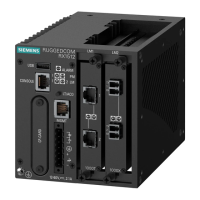
